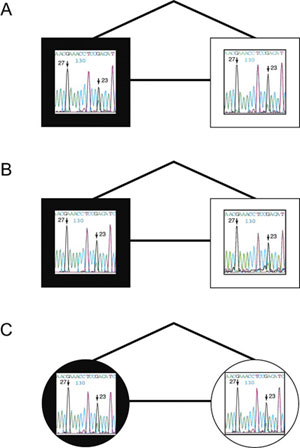

Professor
Department of Biology
Western University
1151 Richmond St. N
London, Ontario, Canada
N6A 5B7
Office: Western Science Center 307
Email: ssingh@uwo.ca
Phone: 519 661-3135
Fax: 519 661-3935
Search for DNA Markers for Schizophrenia in Discordant Monozygotic Twins

In spite of high (~80%) genetic contribution, a high (~52%) discordance for schizophrenia in monozygotic twins (MZD) argues for the involvement of genes as well as environment (prenatal/postnatal) in the development of this common disease. We (O’Reilly and Singh, 1996) have argued that DNA alterations involving retroviral related sequences and methylation may provide basis for developmental disruption and minor physical abnormalities, as well as genetic liability during the development of schizophrenia. Such a suggestion is compatible with epidemiological enigmas of this complex disease. We have therefore launched novel research designed to assess such genetic/epigenetic differences between MZD twin pairs and lead towards the identification of DNA sequences that may case schizophrenia.
Using a complex molecular technology of primer-derived representational difference analysis (RDA) and funding from the Bill Jefferies Schizophrenia Endowment Fund, we have isolated a total of eight short sequences from affected members of three MZD twin pairs. They have been the focus of molecular characterization (Deb-Rinker et al 1999, 2001 etc.) towards an assessment of their significance in the causation (if any) of schizophrenia. We are encouraged that our sequence #1 (MSRV-related) has recently been shown to be expressed in the CSF of 10 out of 35 (29%) early episodes of schizophrenia, but in none of the 22 patients with non-inflammatory neurological disease or in 30 unaffected controls (Karlesson et al 2001). Such exceptional results in schizophrenia literature, although promising, remain poorly understood.
Under this research we will pursue our working hypothesis that “DNA alterations including methylation and retroviral-related sequences are consequential in the development of schizophrenia” with a defined set of experiments. Under this proposal we will apply primer-derived RDA to much larger set of MZ twins. The project will include four pairs from the Ireland Schizophrenia Twin Project along with four pairs of normal unaffected MZ twins as a control. The significance of the most commonly found RDA sequence will be undertaken by experiments involving (a) assessing their molecular features in the human genome, (b) as probes on sib-pairs and population samples representing schizophrenia patients and (c) assessing their expression in the brain. The results will go a long way towards testing/establishing this hypothesis.